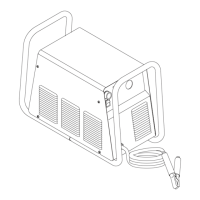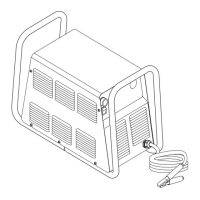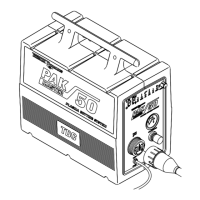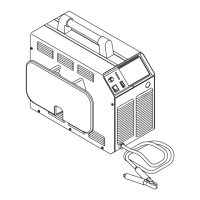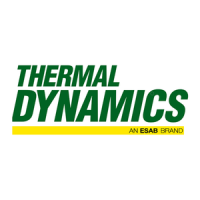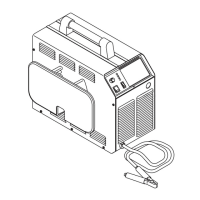How to prevent short torch parts life in Thermal Dynamics CutMaster 50?
- MMichael RiveraAug 1, 2025
To prevent short torch parts life in your Thermal Dynamics Power Supply, consider these factors: * Moisture in the air source. * Exceeding system capability (material too thick). * Excessive pilot arc time. * Gas pressure too low. * Improperly assembled torch. * Incorrect torch parts for the operation. * Non-genuine Thermal Dynamics parts used.
